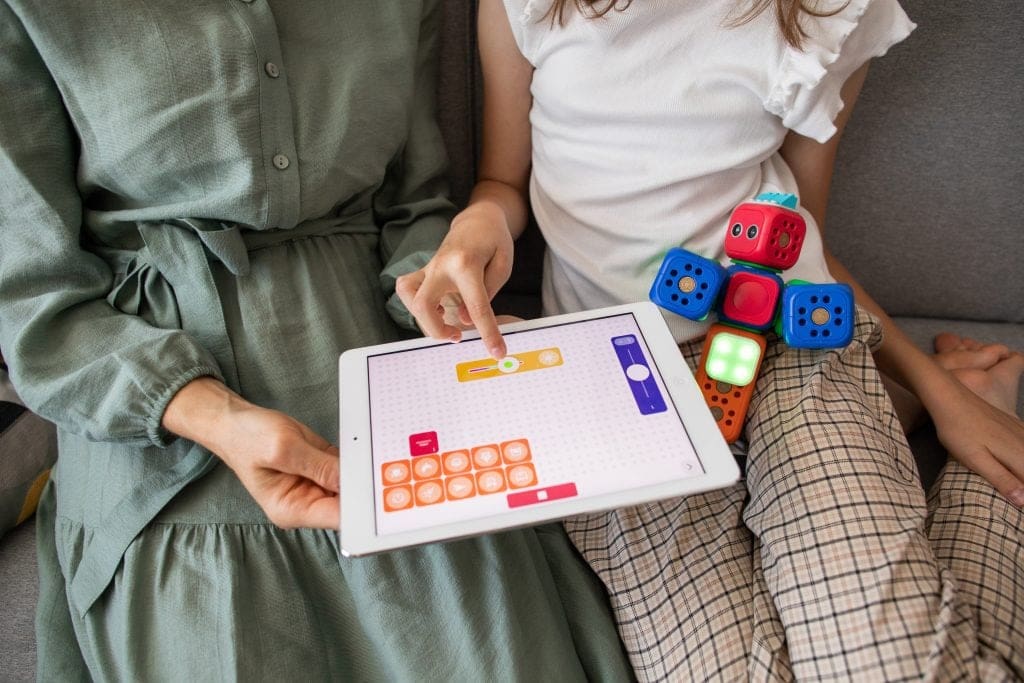The video game industry is booming and is expected to keep on growing. Predictions estimate that the global industry will be worth $321 billion by 2026, especially as more people look for ways to entertain themselves. Given the many players worldwide, more companies and businesses are continually searching for and using new concepts and methods to keep them engaged. Rather than manually changing environments, developers now work with robotics and artificial intelligence (AI) to create better in-game experiences.
Over the past two decades, researchers have been including robots in games for different purposes. Robots are highly multimodal, so it’s no wonder they have been used beyond entertainment. A 2021 experiment tested the reaction of human volunteers playing a video game with a robot with human-like features sitting across them. Results showed that the human brain processes the robot gaze as a social signal, affecting how people make decisions. In the context of playing video games, having robots can make games more challenging for human players. Not only do challenges make experiences more fun, but they can also promote learning from both human and robot perspectives as they adapt to each other’s strategies.
Given the unique benefits of robotics and video games, it’s important to explore how this technology—and play—will continue to grow moving forward. Below are some ways robotics and video games will evolve in 2023:
Using video games to teach AI
Currently, most robots are widely used to assist humans in manufacturing and distribution. Businesses like Amazon rely on robots to move packages, identify items, and prepare them for delivery, although they lack the autonomy to function independently without human input. However, artificial intelligence and machine learning are going a long way for robots, so many researchers are employing different opportunities for robots’ software and algorithms to adapt and learn.
One such way researchers are training robots is through games, both physical games like chess or air hockey and video games. These games promote lifelong learning, allowing robots to build on essential background knowledge and adapt their methodologies. Here are some examples of robots that have learned from video games:
- In 2015, researchers from Brown University used the procedurally-generated game Minecraft to help robots plan their actions while navigating complex environments.
- In 2018, AI models from OpenAI were taught to play DOTA 2 through reinforcement learning. The same model was later used to teach a robotic hand to handle objects, which was done with surprising dexterity.

Adaptive robots in video games
One of the most significant advances in video games is adopting adaptive AI. Adaptive game mechanics employ machine learning to create more personalized and immersive experiences for players in both adaptive gameplay and narrative. For instance, AI in the virtual space can create procedural content that makes the game different each time. AI can also adjust based on the player’s performance or preference, even giving tips or prompts for less-skilled players.
As mentioned earlier, robots can use adaptive AI and programming models to improve functionality. Through deep reinforcement learning or extensive trial-and-error, robots can eventually track player intention in real-time and adjust their processes to provide a more supportive and motivating environment as needed.
Educating children on robotics
It has long been proven that video games can improve children’s creativity and problem-solving skills. As video games can keep kids engaged, it makes them the perfect platform to learn new fields of study, including robotics and programming. Not only is it a valued industry for future careers, but learning about robotics allows children to gain many tangible and intangible skills. Through immersive, hands-on experiences through video games, children can develop design thinking, technology and research aptitude, cognitive abilities, and much more.
In addition to improving knowledge, game-based robotics learning can serve as a jumping point for kids to love learning overall. Games often provide positive feedback loops that encourage experimental learning and failure, encouraging children to learn at their own pace and improve their skills without losing motivation.
With new technology constantly coming out, parents must stay up-to-date on trends to keep their children safe. Although many virtual gaming platforms may seem simple and just fun to kids, there are endless possibilities with video games. Even businesses are cashing in on technological trends, such as the Metaverse on Roblox, encouraging teens and adults to join in. Wearable, virtual reality gaming will also become more widespread as technology advances, providing children with intense and individualized experiences, as these machines respond to their movements and motions. Along with AI and robotics, these new-generation tools are expected to reshape gaming as we know it.
Still, as long as both kids and adults alike are aware of online dangers and exert measures to keep themselves safe, they can reap the benefits of advanced technology in video games.
Written by Lucy Spencer